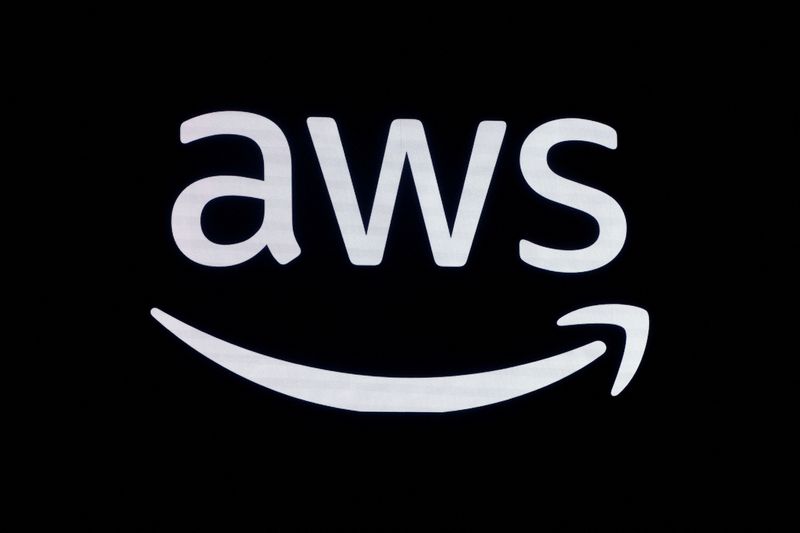OpenAI and AWS struck a roughly $38 billion multi year agreement for AWS to supply Nvidia powered compute including EC2 UltraServers to run and scale ChatGPT and future frontier models. The deal reshapes cloud AI infrastructure and enterprise deployment choices.

OpenAI and Amazon Web Services announced a strategic multi year partnership worth about $38 billion for AWS to provide the cloud compute capacity needed to run and scale ChatGPT and future frontier models. Reported as lasting several years and described by some outlets as a seven year deal, the agreement gives OpenAI immediate access to large Nvidia powered infrastructure such as EC2 UltraServers with hundreds of thousands of chips. This move could change how enterprises obtain AI services and who controls the foundation of next generation models.
Training and running large language models consumes enormous compute resources. Frontier models refer to the largest and most advanced AI systems that require vast numbers of specialized processors over extended timeframes. Cloud compute for AI provides on demand access to high density servers with GPU accelerators that are optimized for parallel tasks crucial to deep learning. For companies like OpenAI, securing reliable large scale access to such infrastructure is essential to develop new models, maintain service performance, and meet growing customer demand.
The agreement highlights several strategic considerations for businesses evaluating enterprise AI and cloud strategies:
This agreement strengthens AWS s position in the AI cloud market and will likely prompt rivals to refine their partnership and product strategies. While Microsoft has deep ties to OpenAI, the new capacity agreement shows that cloud providers remain competitive battlegrounds for hosting and commercializing large AI models. Expect increased focus on generative AI services, enterprise grade offerings such as ChatGPT Enterprise, and product integrations with platforms like AWS Bedrock and SageMaker.
Industry observers note that guaranteed access to massive GPU pools is one of the few reliable ways to scale frontier AI work. The deal is consistent with broader trends where strategic infrastructure partnerships are as important as software innovation. For AI teams this means prioritizing robust data pipelines, cost management practices, and governance models that support responsible AI adoption.
The reported $38 billion partnership between OpenAI and AWS is more than a single vendor agreement. It signals how the next phase of AI will be provisioned financed and commercialized. Businesses should map dependencies across cloud providers assess contingency plans for AI workloads and monitor how infrastructure concentration affects fairness and competition. In practical terms companies should:
In short this partnership marks a pivotal moment in AI infrastructure that will influence who controls the rails of the next generation of intelligent applications and how enterprises deploy generative AI at scale.



